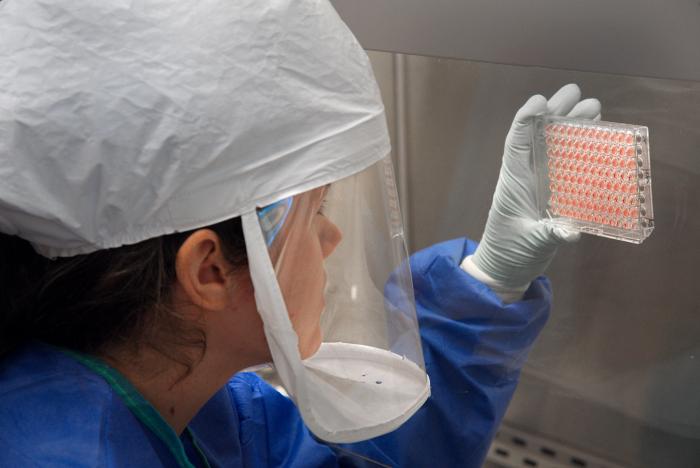
China Won't Share Its Samples of a Deadly Flu Virus. Here's Why That's a Problem.

To protect people against the next flu pandemic, scientists need to know what flu strains are circulating and how they are changing. But such efforts can be stymied if countries don't share flu samples, and now, the Chinese government appears to be withholding samples of the dangerous bird flu virus H7N9 from the United States, according to news reports.
For more than a year, China has not provided samples of H7N9 to the United States, despite persistent requests from officials and research institutions, according to The New York Times.
Experts say samples of H7N9 are needed to develop vaccines against the virus and treatments for it.
"Jeopardizing U.S. access to foreign pathogens and therapies to counter them undermines our nation's ability to protect against infections which can spread globally within days," Dr. Michael Callahan, an infectious-disease specialist at Harvard Medical School, told The New York Times.
A new strain of H7N9 first appeared in China in 2013, and it has caused infections in both humans and animals. This virus is concerning because most people who develop infections with it become severely ill, according to the World Health Organization (WHO). Indeed, the virus has a 40-percent fatality rate, The New York Times reported. But so far, the virus doesn't appear to spread easily between people; most human infections were in people who'd had contact with live poultry or visited markets where the birds were sold.
In 2016 to 2017, China experienced a spike in human cases of H7N9, with 766 cases reported. In light of this recent outbreak, U.S. scientists want to study the virus's evolution. But this means they need access to flu samples from China.
"Given that this flu virus is a potential threat to humanity, not sharing it immediately with the global network of WHO laboratories, like CDC [Centers for Disease Control and Prevention], is scandalous," Andrew C. Weber, former assistant secretary of defense for nuclear, chemical and biological defense programs under the Obama administration, told the New York Times. "Many could die needlessly if China denies international access to samples."
Sign up for the Live Science daily newsletter now
Get the world’s most fascinating discoveries delivered straight to your inbox.
Although Chinese officials originally provided timely information about H7N9 when the virus first appeared in 2013, communication on the topic has gradually worsened, with the country also refusing to share data from human patients infected with the virus, The New York Times reported.
Original article on Live Science.

Rachael is a Live Science contributor, and was a former channel editor and senior writer for Live Science between 2010 and 2022. She has a master's degree in journalism from New York University's Science, Health and Environmental Reporting Program. She also holds a B.S. in molecular biology and an M.S. in biology from the University of California, San Diego. Her work has appeared in Scienceline, The Washington Post and Scientific American.










